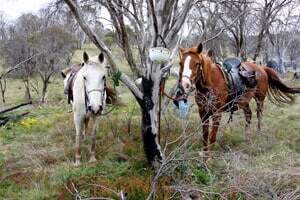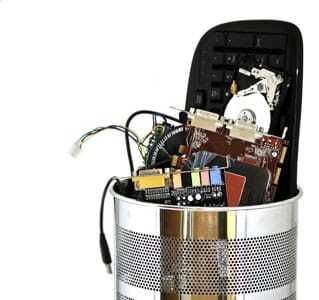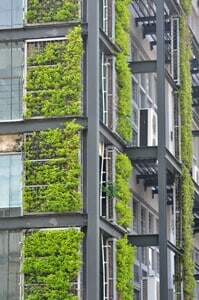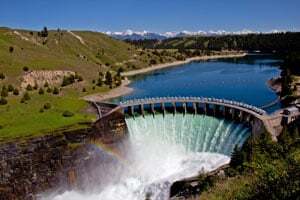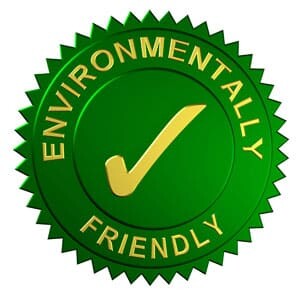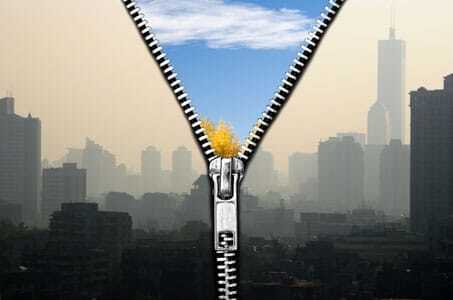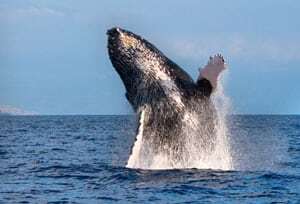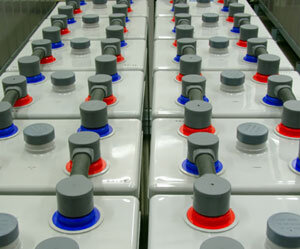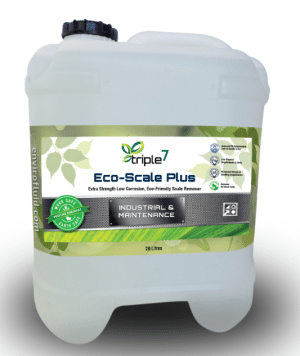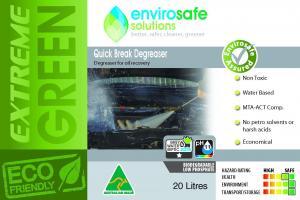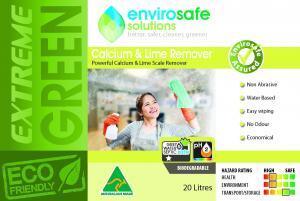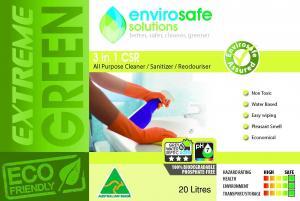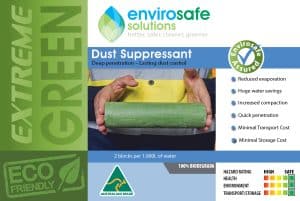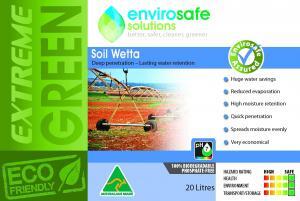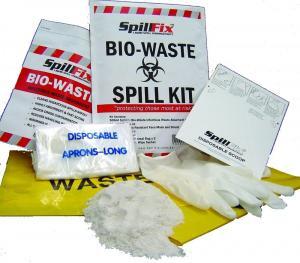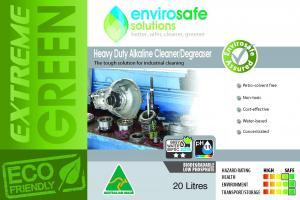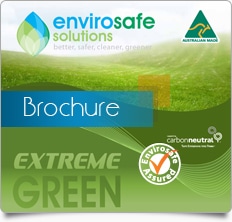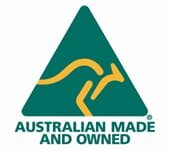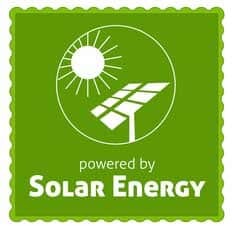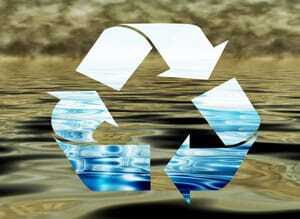 How can you take action to conserve water and respect our increasingly dry continent?
How can you take action to conserve water and respect our increasingly dry continent?
Australia already has problems with water availability and water supply. One only need look at problems facing the Murray-darling basin over the past decade, which exemplifies this fact clearly to all. Even on the coastal ribbon of Australia – far from the inland areas, it is expected water will become increasingly rare, and our use and misuse of it is already being considered, researched and monitored.
Two decades ago, one hardly even noticed when the water bill arrived! In some areas, it was woven into the council rates costings and was so insignificant that you barely even noticed it. But today, water is not only an increasingly scarce commodity. It also costs…and it can cost dearly. In the past few years, water bills have skyrocketed and are now an expensive element of family life. All Australians are encouraged to use water wisely and to work with the environment and not against it so that we can protect it and also protect the water that is fundamental to the earth and our survival.
Greywater[1]
There are a number of ways you can help to conserve water and reduce your household or business water consumption and this is not only good for the environment but also good for your proverbial hip pocket.
Greywater is wastewater from an array of sources around the home and workplace. It can include water from the kitchen, the bath and basin and also the laundry. It does not include greywater – which is the water that is the wastewater from toilets. Greywater is all about recycling. It is all about preventing the used water cited above, from needlessly gurgling away down the plughole.
It is now easy to reuse greywater and install a greywater system.
Here is some useful information that can be incorporated into your current home and workplace and lifestyle:[2]
When considering a greywater strategy or approach, think about the following issues:
Type of greywater system[3]
- handheld bucket system, filtration device, (no council permits required for these.)
- diversionary devices
- more complex treatment and reuse systems (requires local council permissions)
Where to use greywater
- on the garden outside (but not on vegies)
- indoors – use it for toilets and for laundry (if you have a filtrations system)
Where not to use greywater
- do not use it to wash hands
- do not use it when members of household are ill
- do not allow greywater to go beyond your property
Envirosafe Solutions strongly supports the use of greywater and has developed a range of eco-friendly liquid products that are highly suitable to use in households where greywater is in use. This is because of their extremely low phosphate content, making them safe for families and safe for the environment.
Join the green revolution and install greywater. Join the green revolution and use Envirosafe Solutions Extreme Green range of eco-friendly products. Call Envirosafe Solutions on 1300 889070
[1] http://www.greywater.com.au
[2] http://www.livinggreener.gov.au/water/greywater
[3] www.greywater.net








